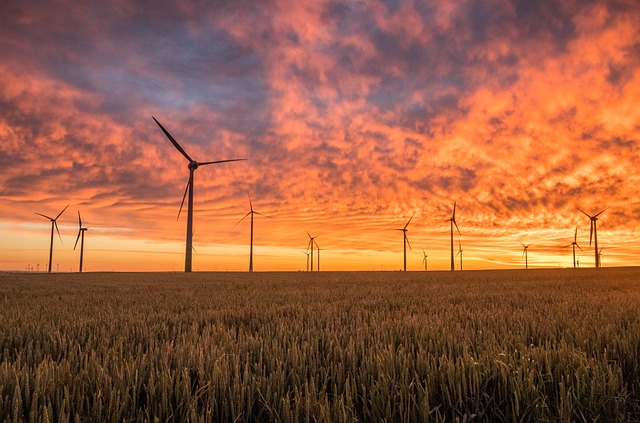You already have solar panels, and benefit from the free electricity generated on site, as well as payments from the Feed-in Tariff.
But could you make more use of your renewable electricity, especially if you are often away from home during the day? One option is to use some of the surplus electricity to heat hot water via an immersion heater, or electric storage heaters and/or underfloor heating. Such a ‘designated load’ thereby effectively stores that energy instead of exporting it to the grid. This can be achieved fairly simply using a device called a solar PV optimiser – also variously called an ‘immersion controller’ , ‘solar PV diverter’ or ‘solar switch’.
Optimiser devices, such as the UK-made ImmerSun, automatically divert surplus electricity from solar panels, wind turbines or hydro plant to a ‘load’, such as an immersion heater in a hot water tank, thereby effectively saving the energy on site instead of exporting it to the grid. Image courtesy of ImmerSun.
Various such devices are now available, typically costing in the range £200-400. These products require installation by an experienced electrician, so this cost must be factored in. Essentially the optimiser prioritises the solar electricity for use in appliances such as kettles or washing machines, and diverts any surplus to an immersion heater in the hot water tank, or other designated load. Only when the tank/load is fully heated is electricity allowed to be exported to the grid. Of course, it does require a current immersion heater and hot water tank or other suitable designated load.
Automatic energy management
If an appliance, such as a kettle, is turned on while heating the load, the optimiser automatically shifts the current to the appliance and reduces the input to the load. When the kettle is turned off, then the current reverts to the load. This automatic energy management thus prevents additional electricity being imported, at a cost, to power appliances and load at the same ttime. Hence it maximises effective use and storage of home-produced energy.
Powering the immersion using ‘free’ electricity obviously saves money on hot water heating – up to £250 or even £300/year saving on electricity bills is claimed by some manufacturers. But this only applies if you are already using electricity and an immersion heater to supply hot water, in which case the optimiser device could pay for itself in 2-5 years.
Doing the sums
Should you be thinking of switching from gas to electricity to heat your water? Well, no, not if you use mains gas. The cost of gas is roughly one-third the cost of electricity per unit, so savings are going to be much less. And if you have to install a new hot water tank and immersion heater, plus the pipework, then the sums simply don’t add up. However, such an optimiser could be useful if the property has electric storage heaters or underfloor heating.
So an optimiser is a good investment for properties that are off the gas grid, and currently using electricity or oil/LPG for water heating. It will also work with other microgeneration technologies, such as wind or hydro.
The SolarImmersion optimiser monitors electricity going to and from the mains and diverts any surplus to the hot water tank after allowing for appliances such as a washing machine or kettle.
Image courtesy of SolarImmersion.
Points to consider
- A 4-kilowatt peak (kWp) array should generate 8.5 kWh/day on average throughout the year in the UK Midlands. If you are not using electrical appliances in the house during daylight hours, most of this will be exported to the grid.
- It costs about £2.00 to heat a 210-litre tank of water from 10 deg. C to 65 deg. C using mains electricity priced at 16 p/kWh.
- Assuming 100% efficiency, the average daily output of a 4-kWp solar array (i.e. 8 kWh) would contribute about two-thirds of the energy required for heating a 210-litre tankful of water, saving roughly £1.30 per tankful. Savings will be greater in the summer than in winter reflecting variations in daylength and strength of sunlight, and there is no ‘free’ electricity at night!
What about the Feed-in tariff?
At present the generation tariff is paid on ALL electricity generated by the solar panels (or other technology) regardless of whether it is used in the home or exported to the grid. For most householders, the export tariff is deemed as 50% of the total generated. However, in future this system may change as smart meters become the norm; these can accurately measure the amount of electricity imported and exported. Hence, tariff payments may be based more on actual export values, so payments for electricity used in the home might reduce or disappear altogether. But such a change is unlikely to affect existing installations.



